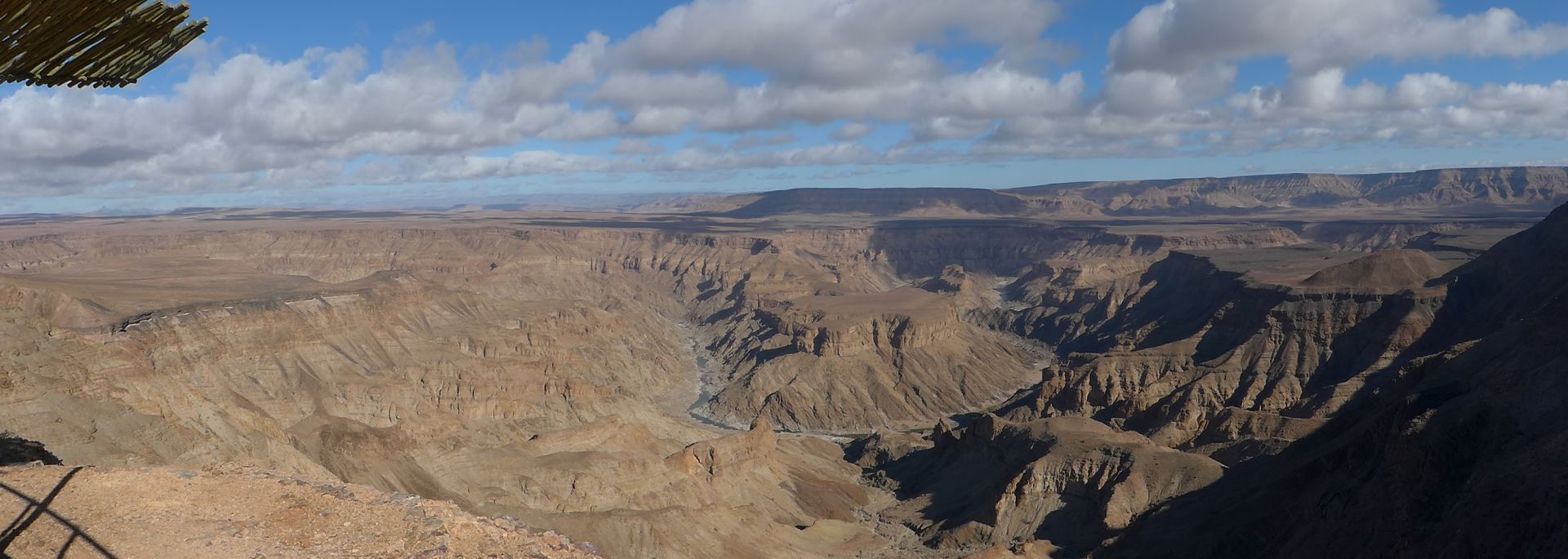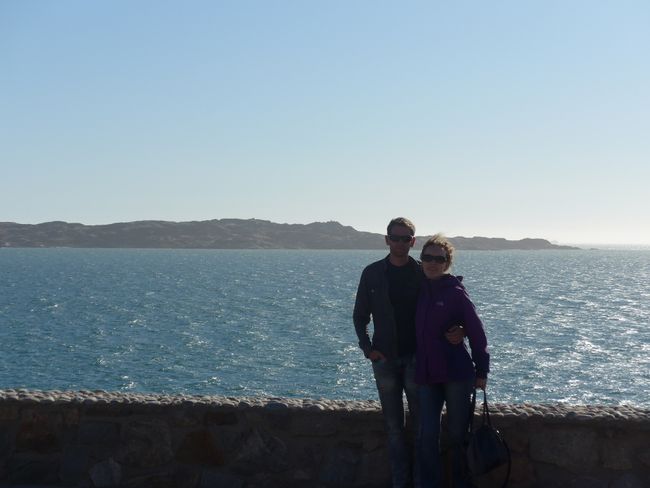Tasmanian Devils and Coast - from Bicheno to St. Helens (Australia Part 17)
Publisert: 09.11.2018
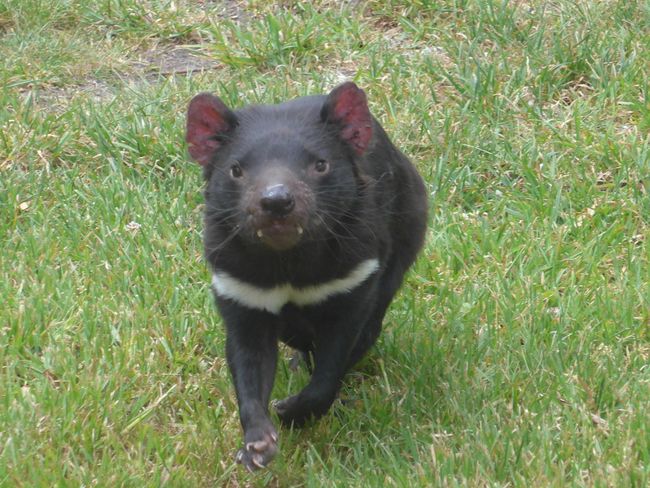
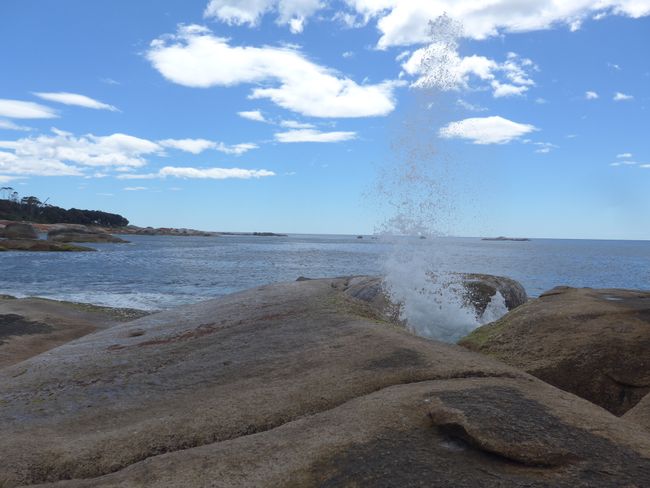
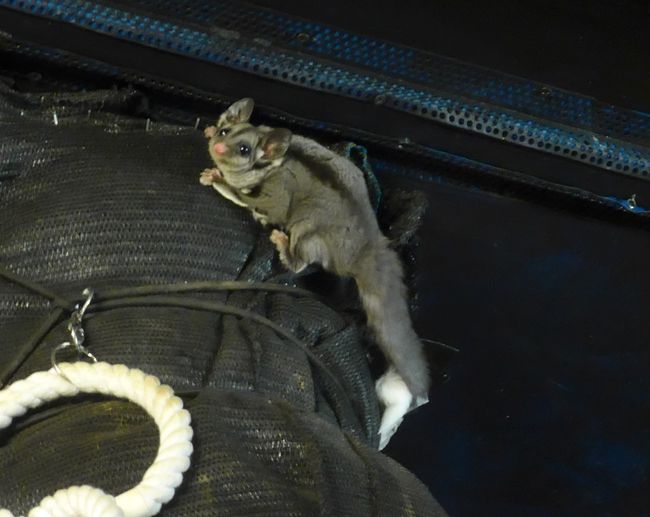
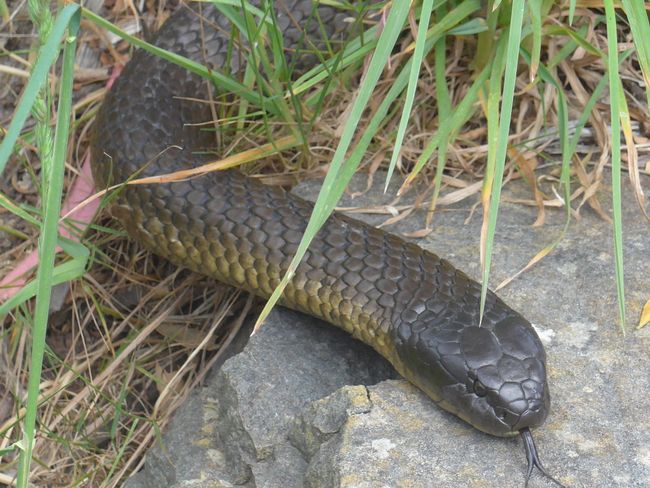
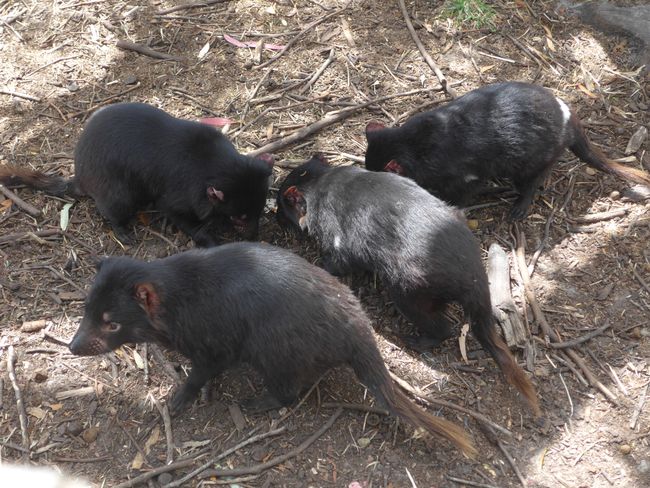
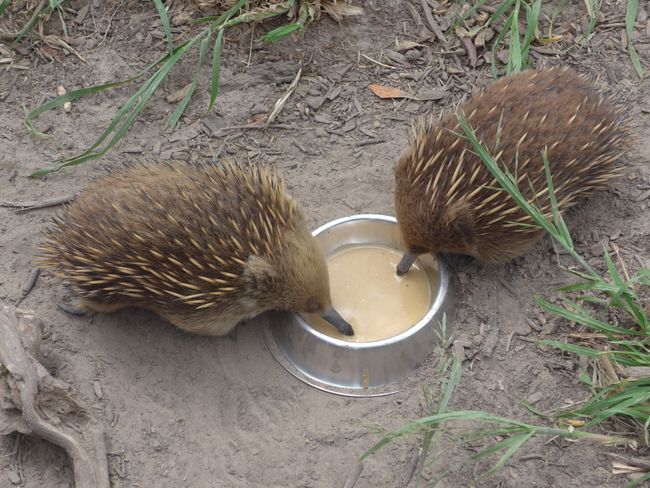
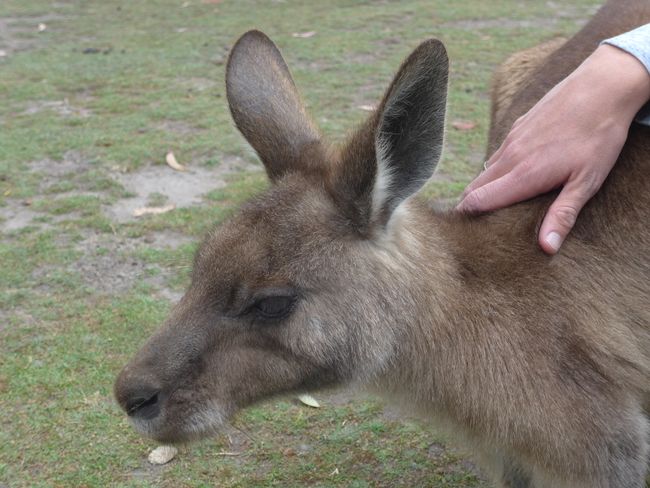
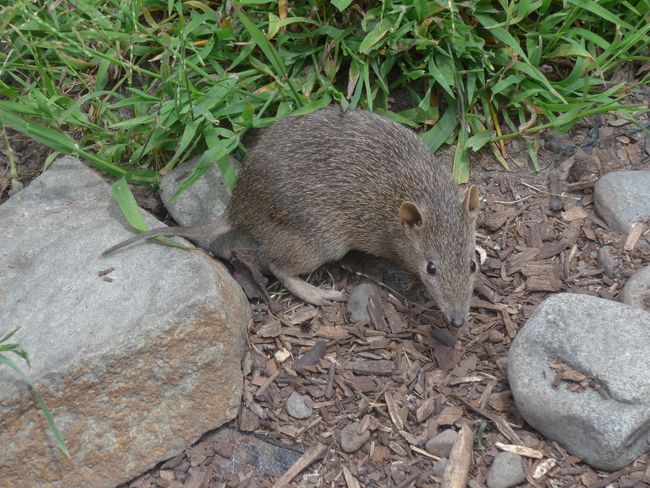
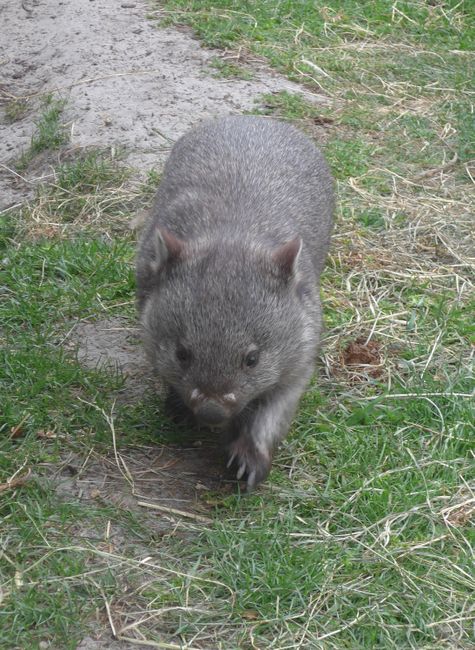
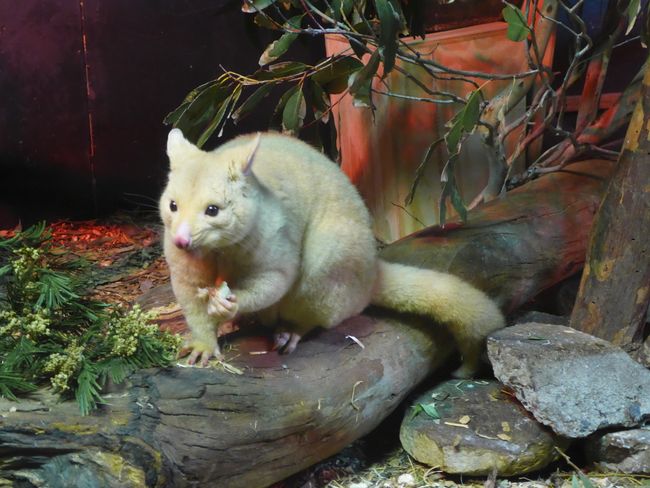
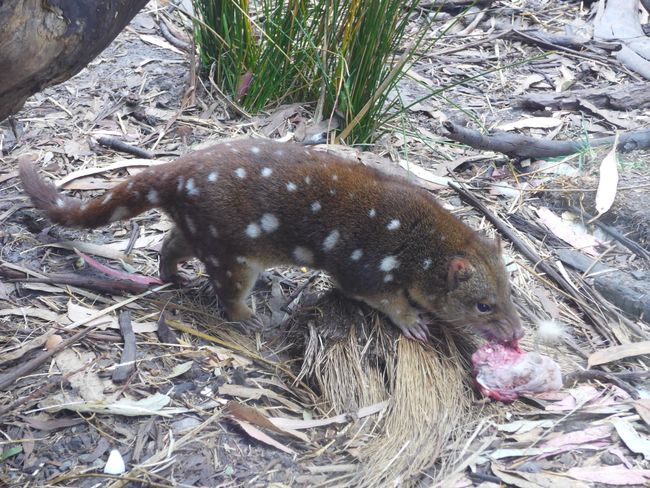
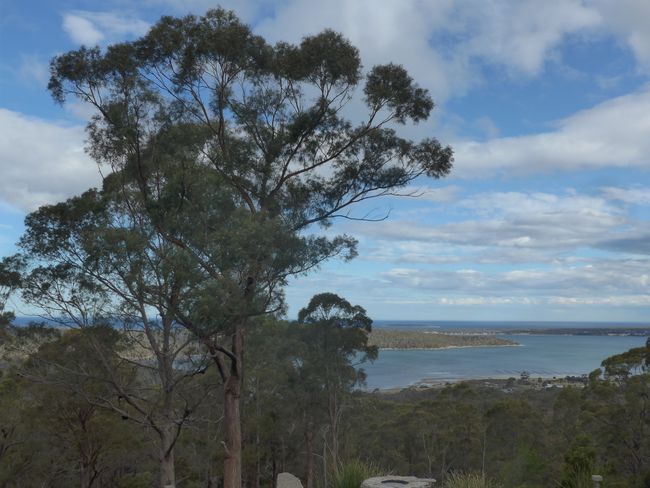
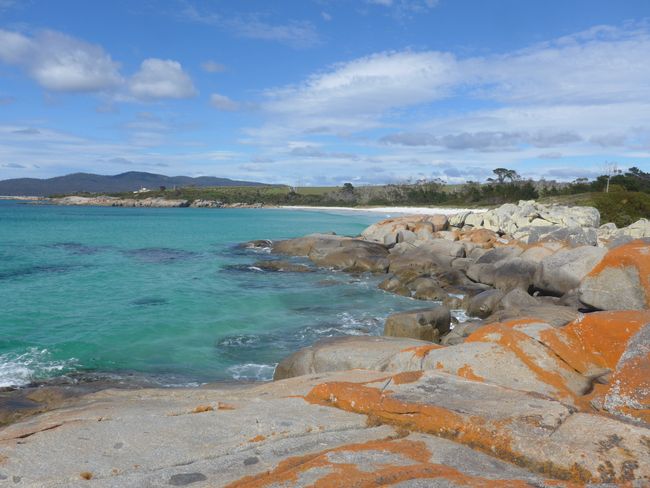
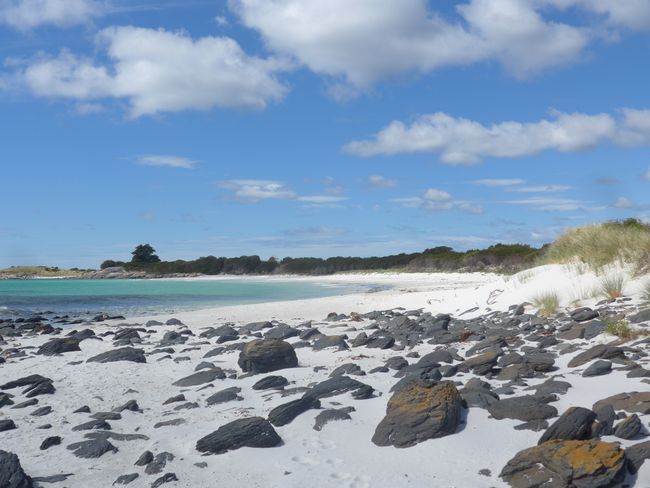
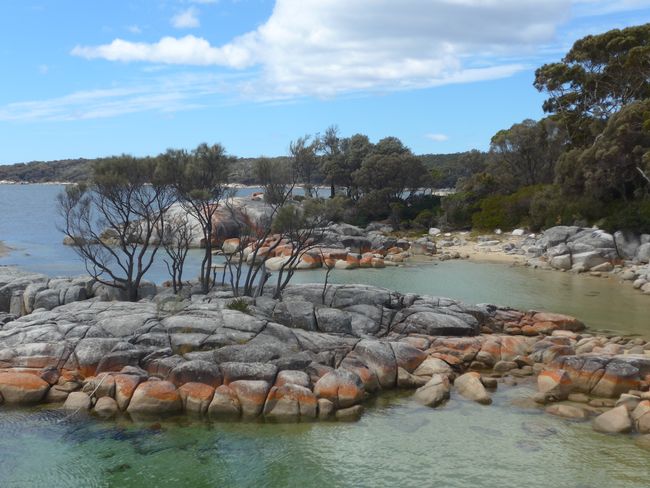
Abonner på nyhetsbrev
We drove along the Great Eastern Drive on the east coast heading north, where we had some beautiful views. We made a stop at the 'Blowhole', which was located in a rocky landscape right on the coast. When the waves were higher, water was pushed through a hole and splashed up.
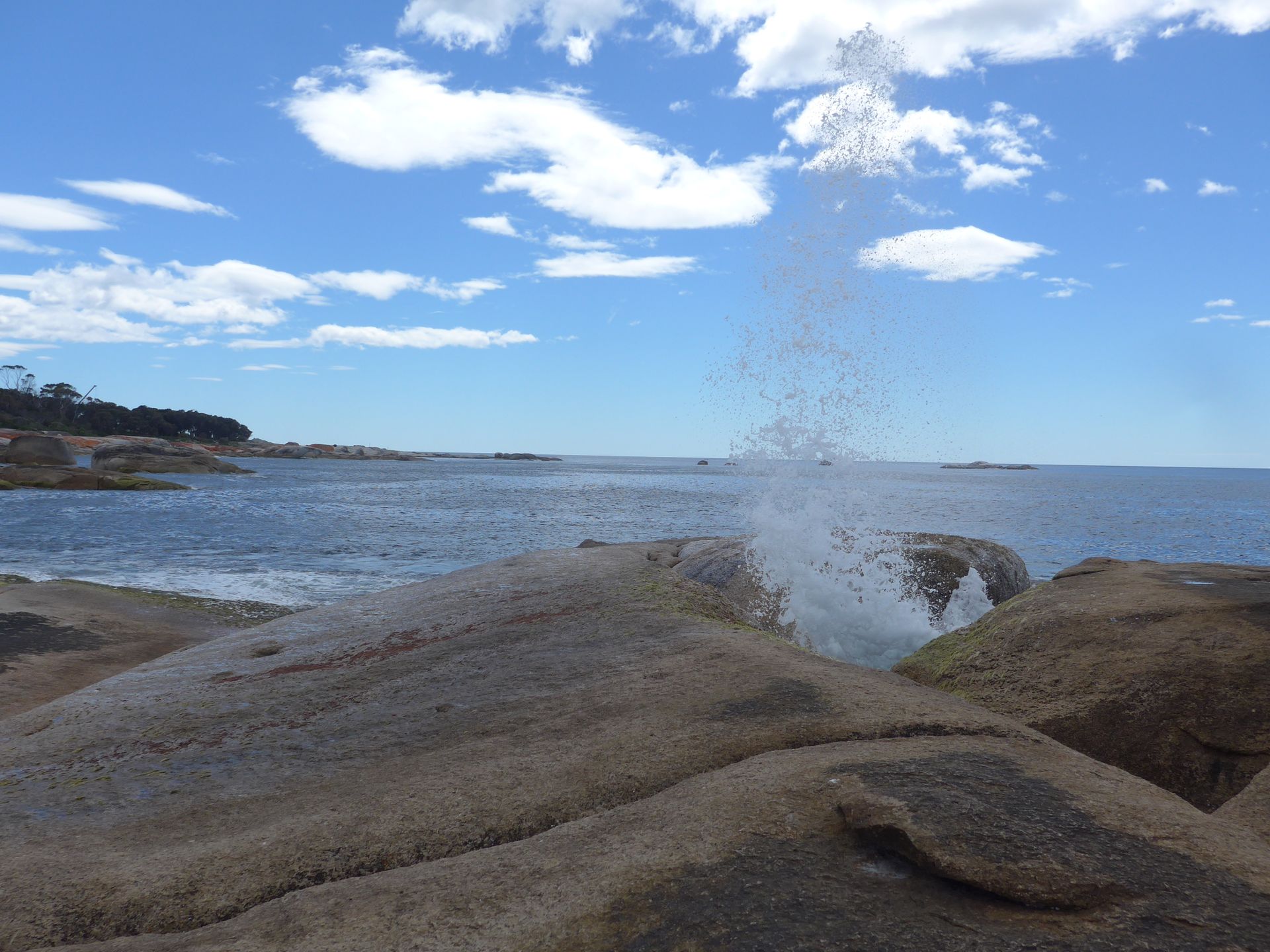
After climbing over some rocks, we continued to the 'East Coast Natureworld', a rescue station for Tasmanian animals. Sick or orphaned animals are raised there and breeding programs are carried out.
There were wombats and kangaroos whose mother died in a car accident and were found alive in the pouch. They are then raised and trained by caregivers to become independent. We wondered how humans teach kangaroos to jump...

There were also many free-roaming kangaroos on the grounds who gladly let visitors feed them and even posed for photos.

Two echidnas with injuries to their beaks also live in the station. Since they need their beaks to perceive sensory impressions, they cannot survive in the wild because they would not be able to find food. So now they are being fed an insect cocktail until their injuries heal.
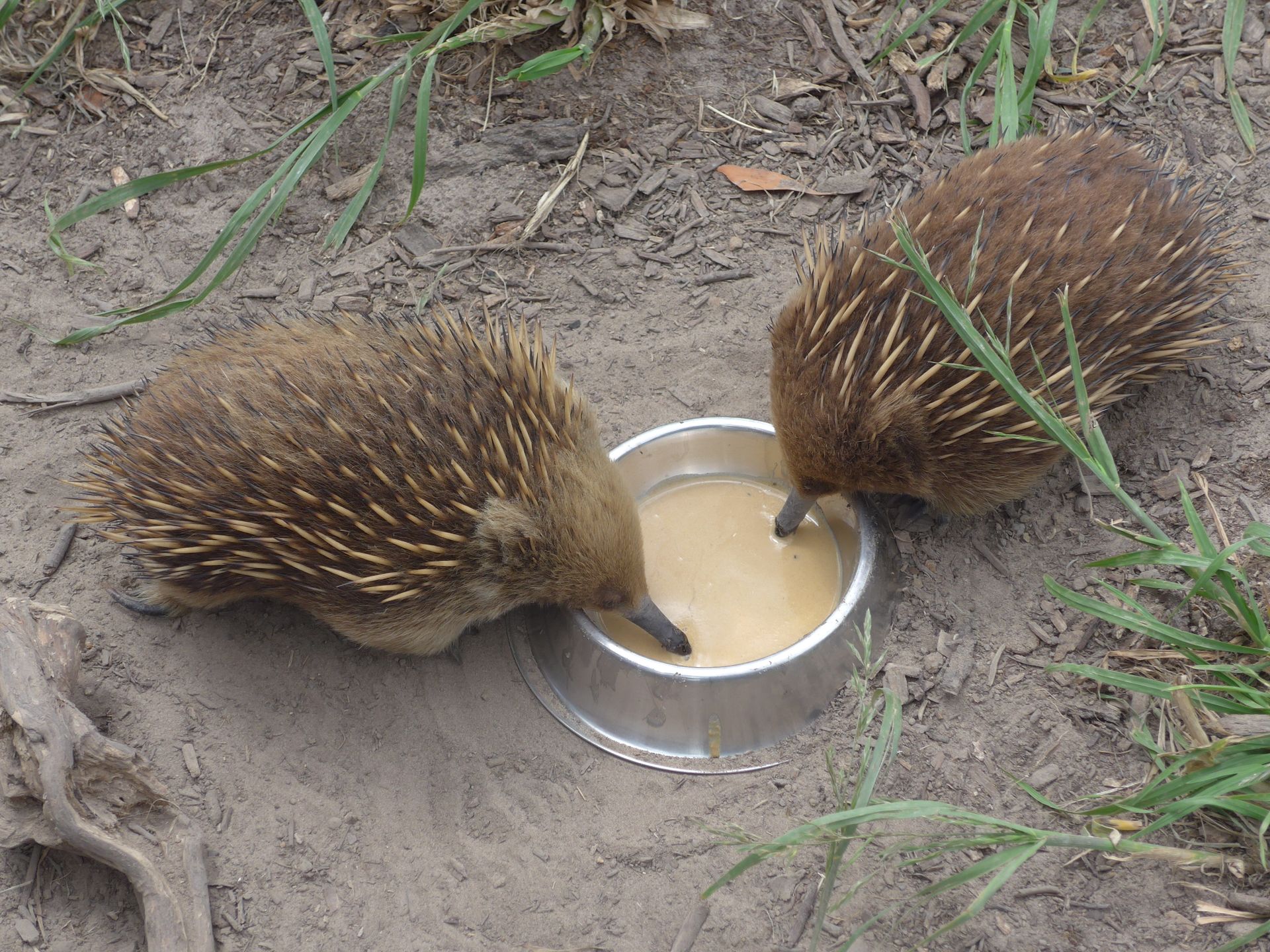
There are also retirees among the residents: Two tiger snakes that used to work in the pharmaceutical industry also live in two enclosures. Their venom was taken from them by the company, which was then used to produce an antivenom against snake venom or cancer medications. Eventually, the daily production of venom was no longer sufficient, and so these two were fortunate enough to come to the rescue station.

The Tasmanian devils, which are normally nocturnal, were also visible because they were given a midday snack. The Tasmanian devil has been almost extinct twice and is now threatened again. There is a contagious facial tumor that is decimating the population even more than car accidents. 80% of Tasmanian devils have died from it since it first appeared in 1996. The station has a breeding program that aims to help preserve the species by breeding devils resistant to the cancer.

The four young devils were particularly active and tried to snatch food from each other. A female devil can have puppies the size of rice grains. But because there are only four teats in the pouch, usually only the four strongest survive - and in the wild, usually only one reaches adulthood.
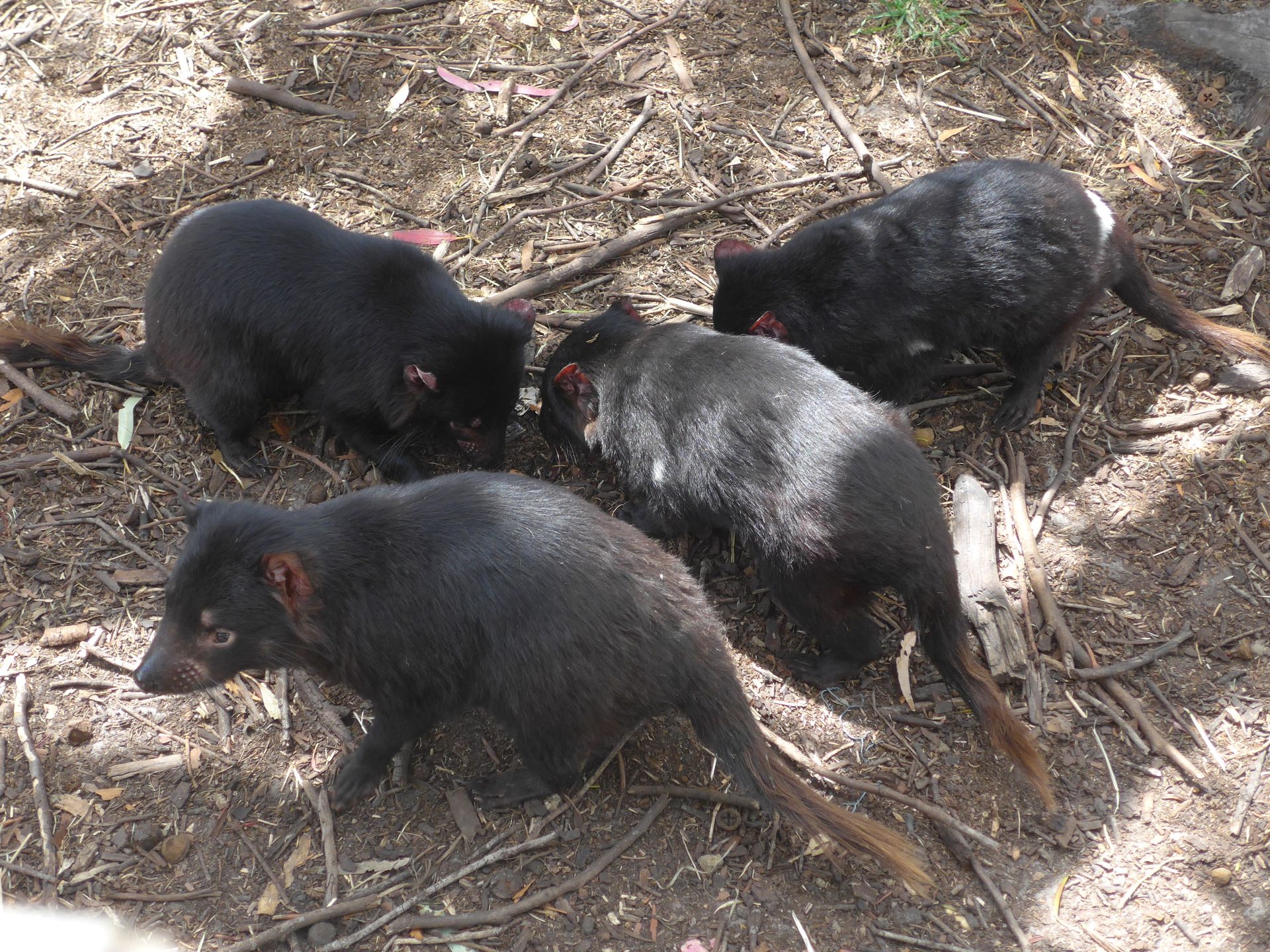
In the 'Nocturnal House', we saw sugar gliders during feeding time, cuddled up in a pouch and reluctant to leave their warm nest. With their side flaps of skin, they can glide from tree to tree.
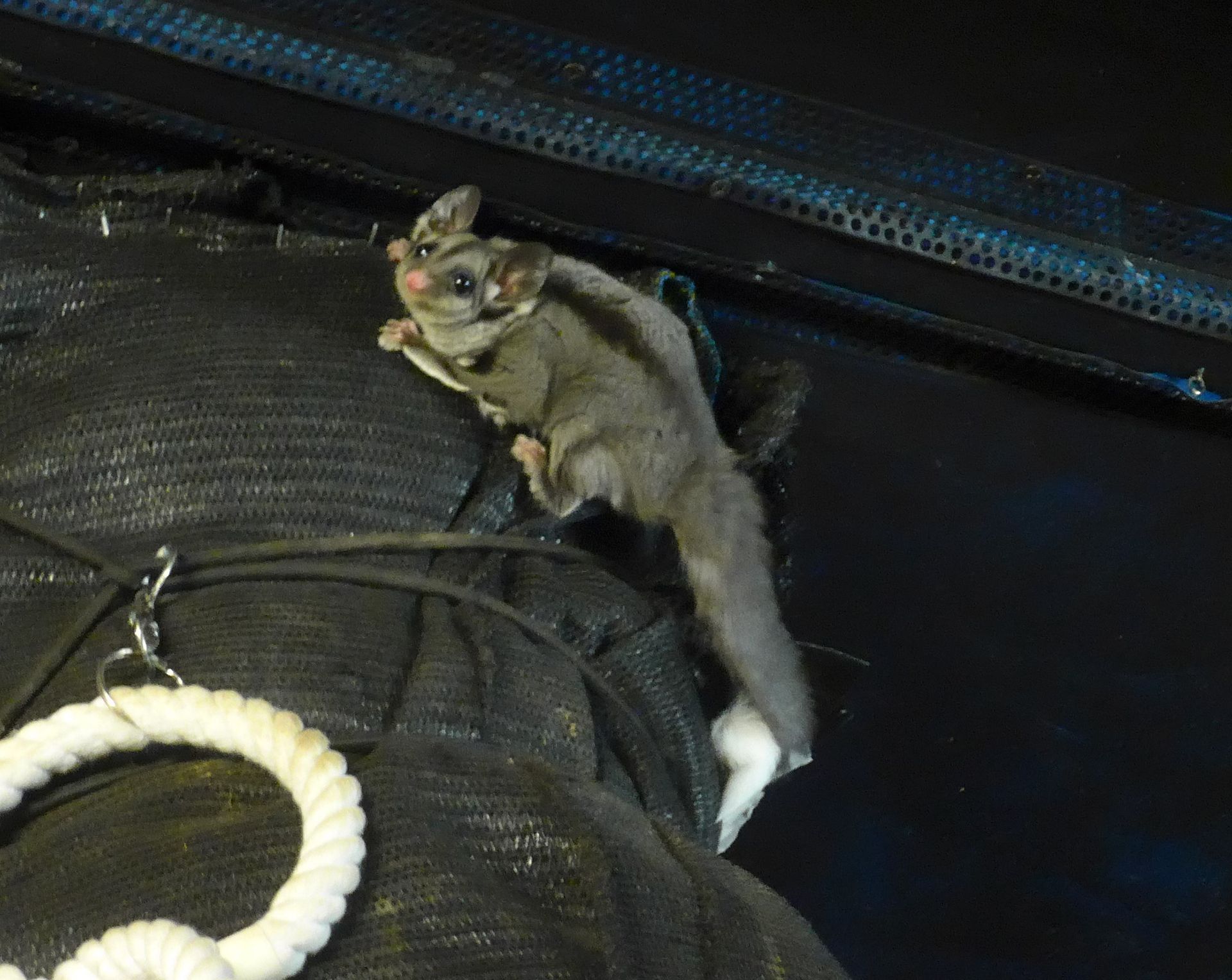
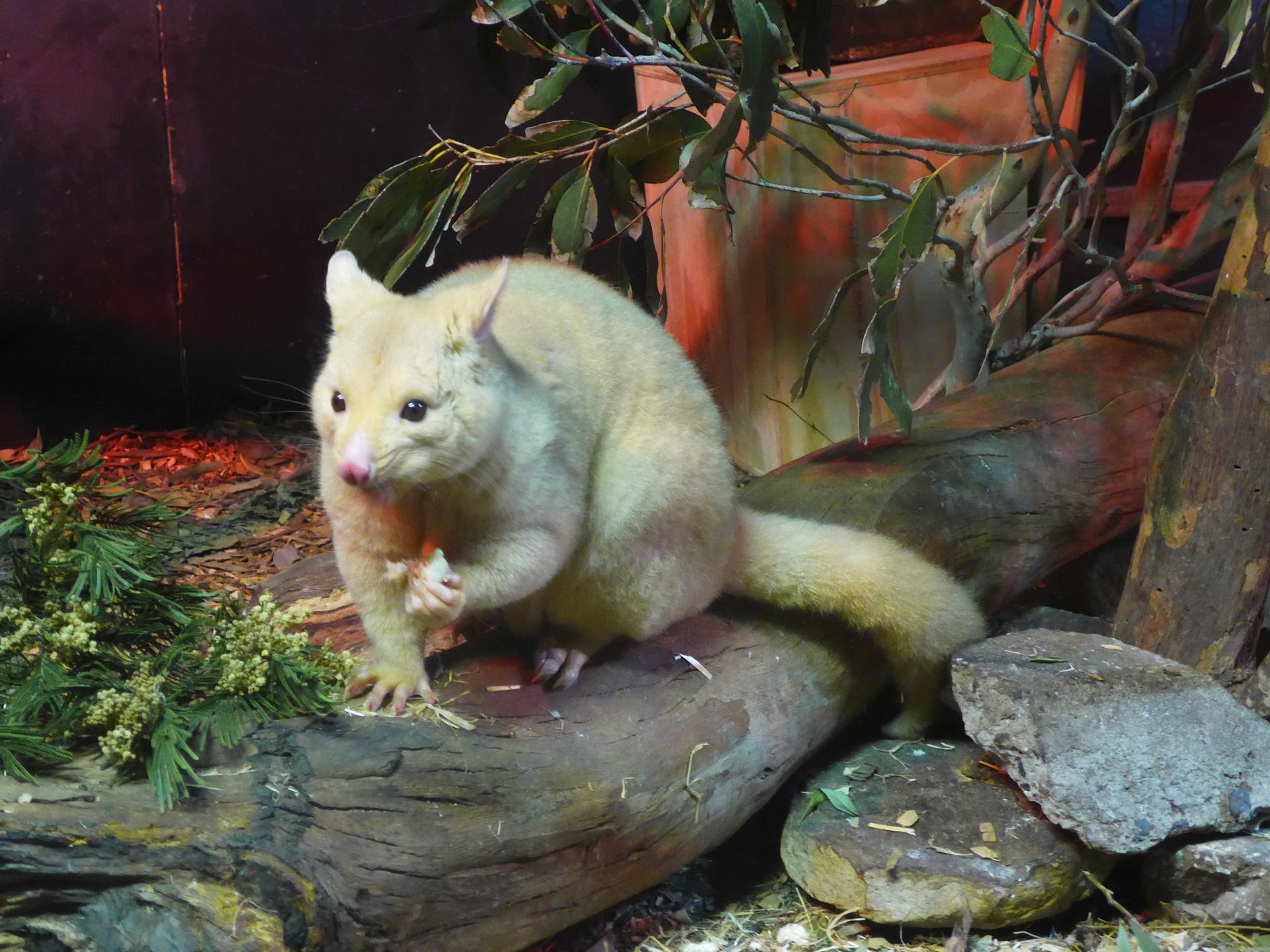
Finally, we visited the feeding of the Tasmanian numbats, which stood out with their white spots. There were two species to see, one of which - the Eastern Barred Bandicoot - only occurs in Tasmania. The German names for these animals are always quite special...
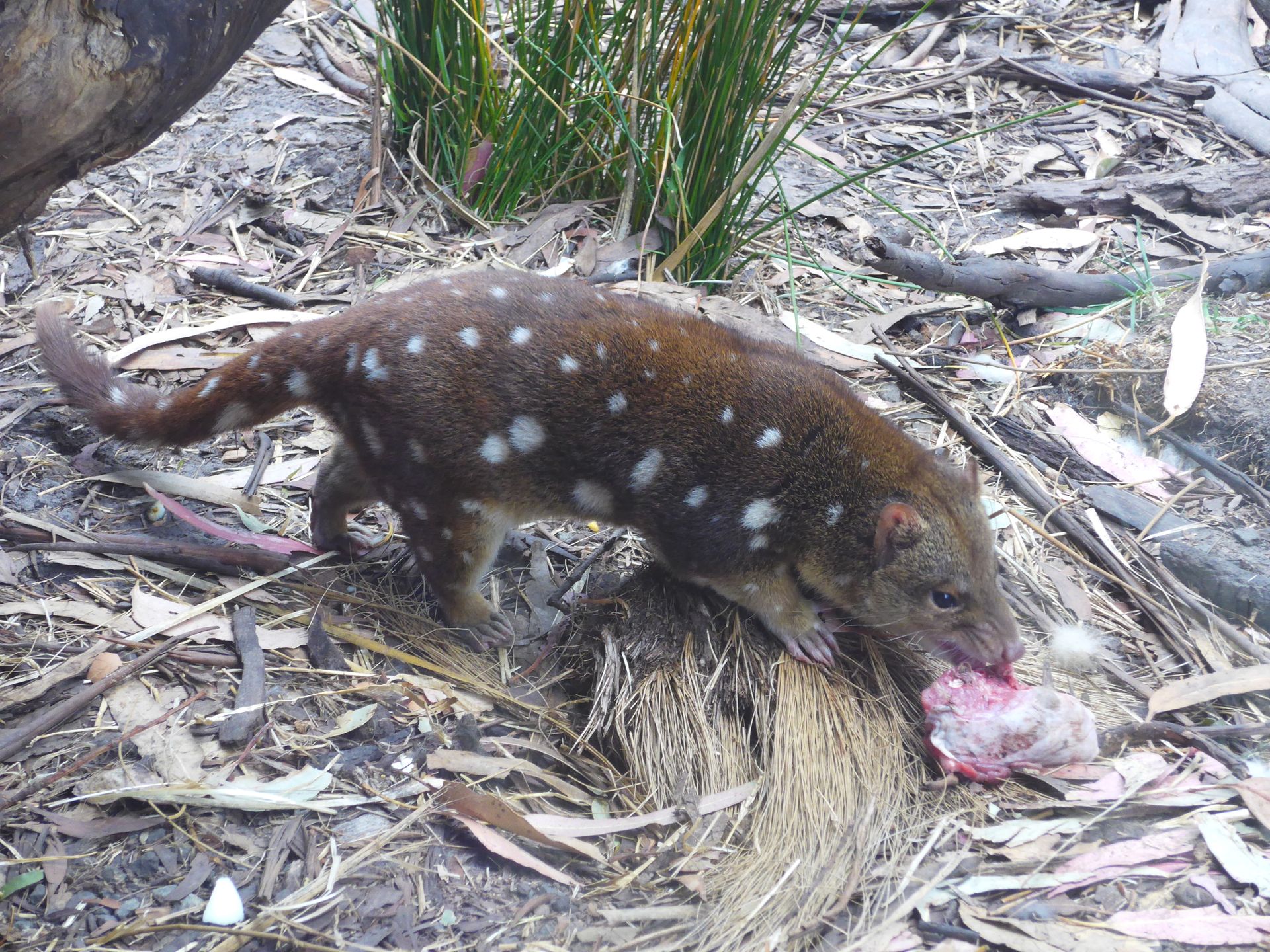
In the evening, we settled into our 'Bed in the Treetops' in St. Helens, a small B&B with a fantastic view:
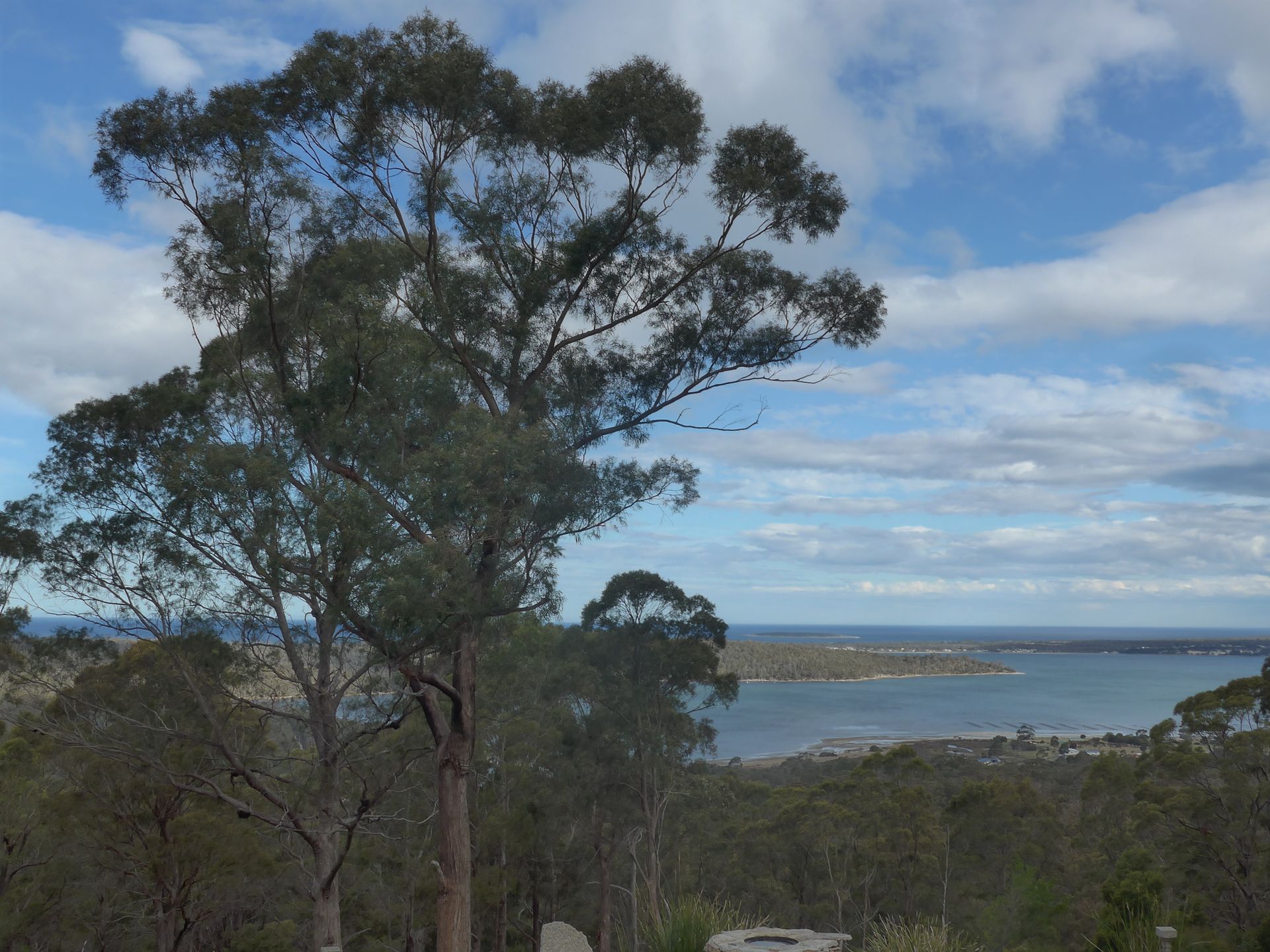
The next day, we went for short hikes at the 'Bay Of Fires'.
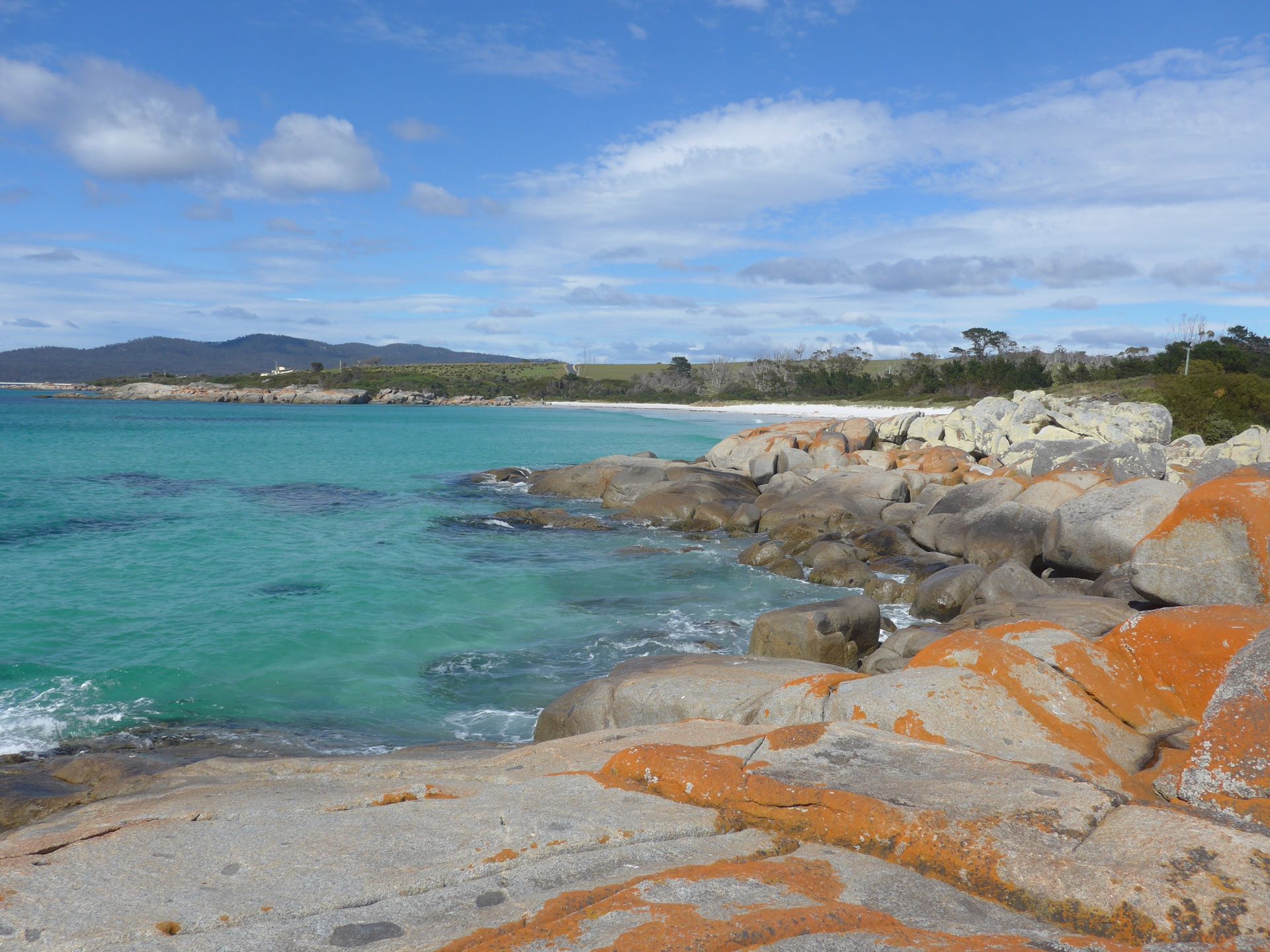
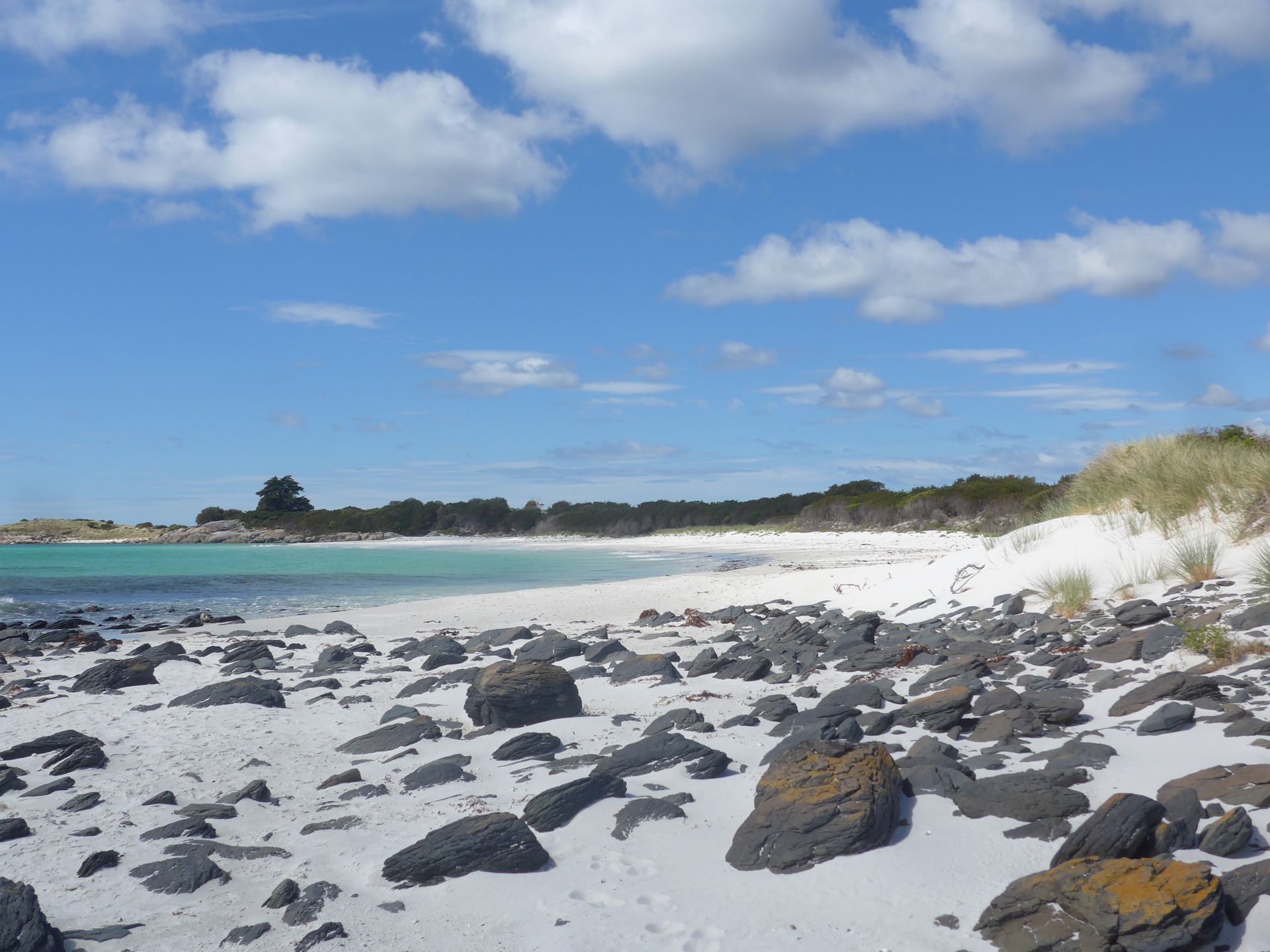
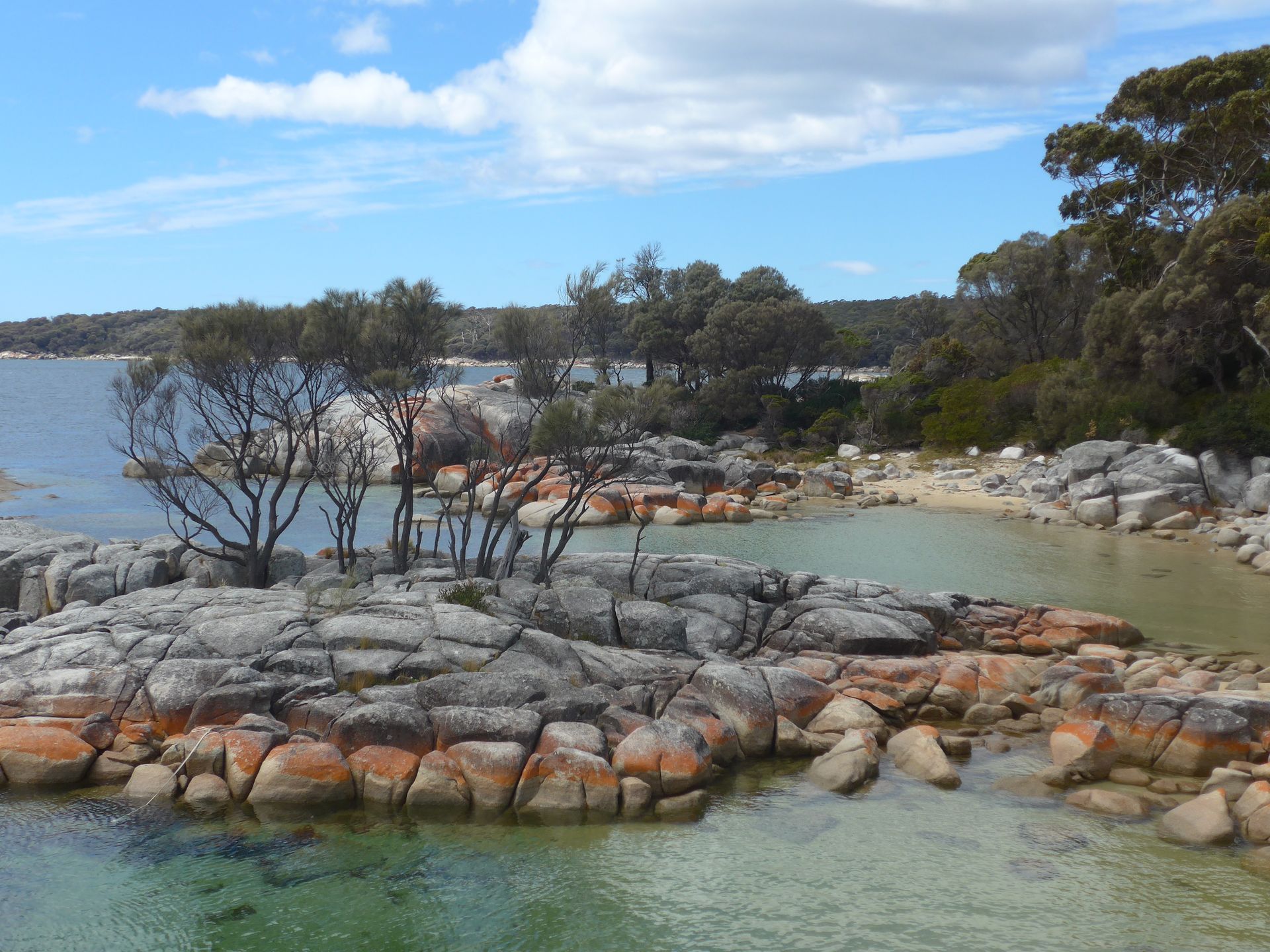
Abonner på nyhetsbrev
Svar
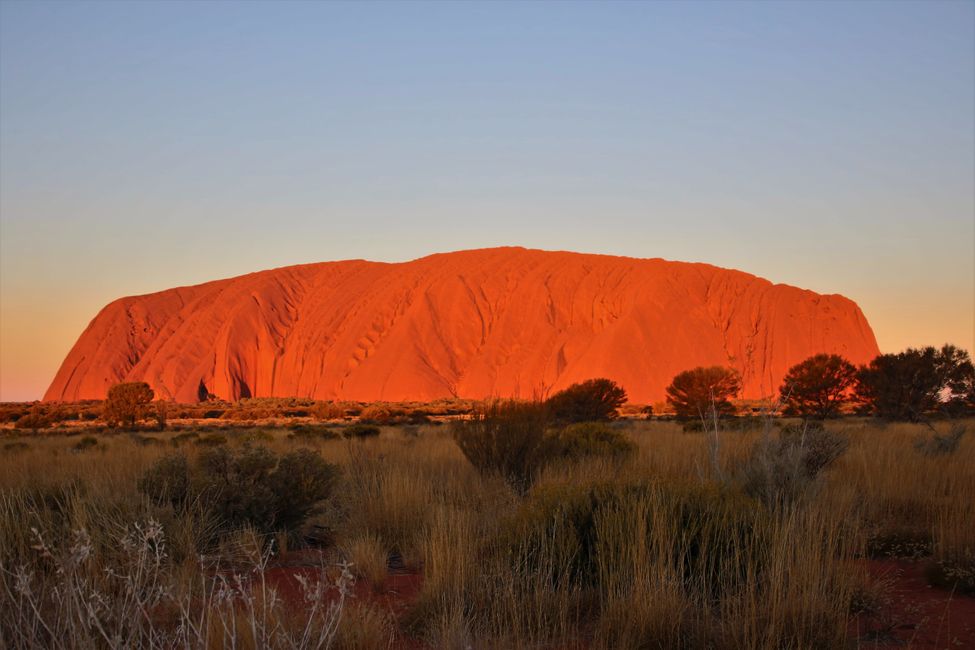
Reiserapporter Australia
